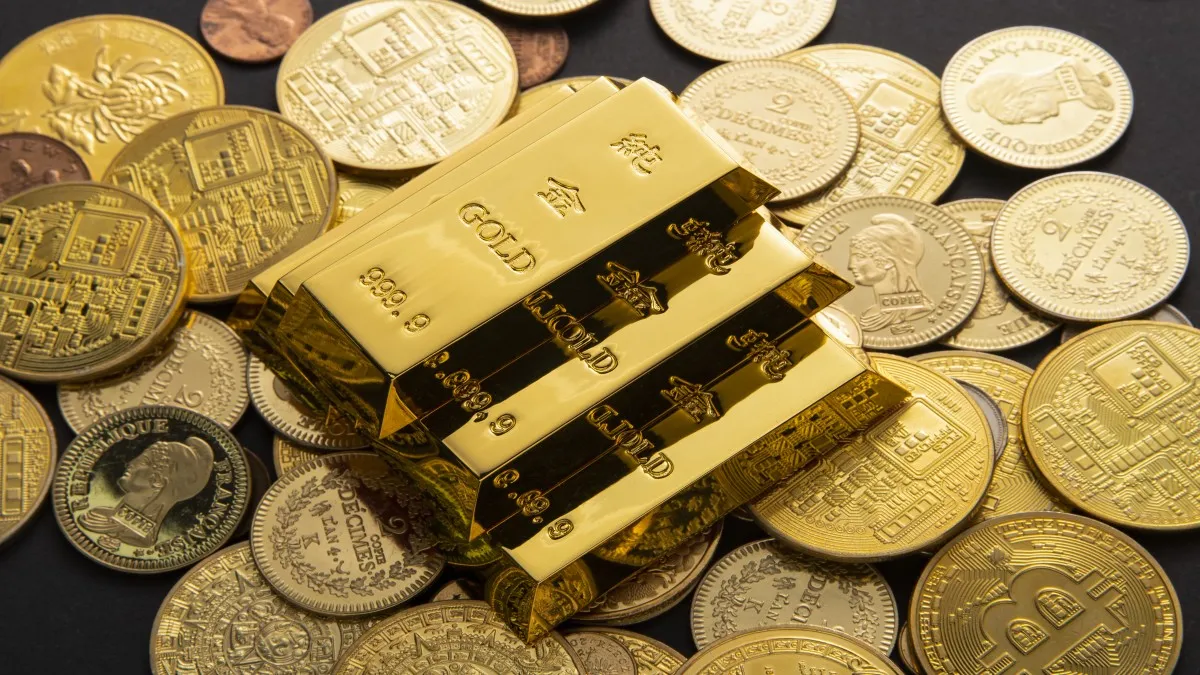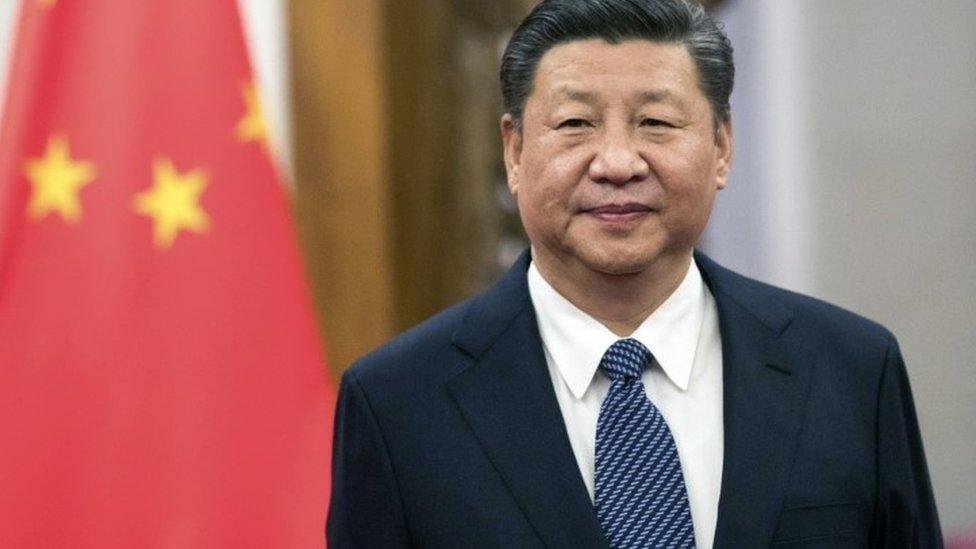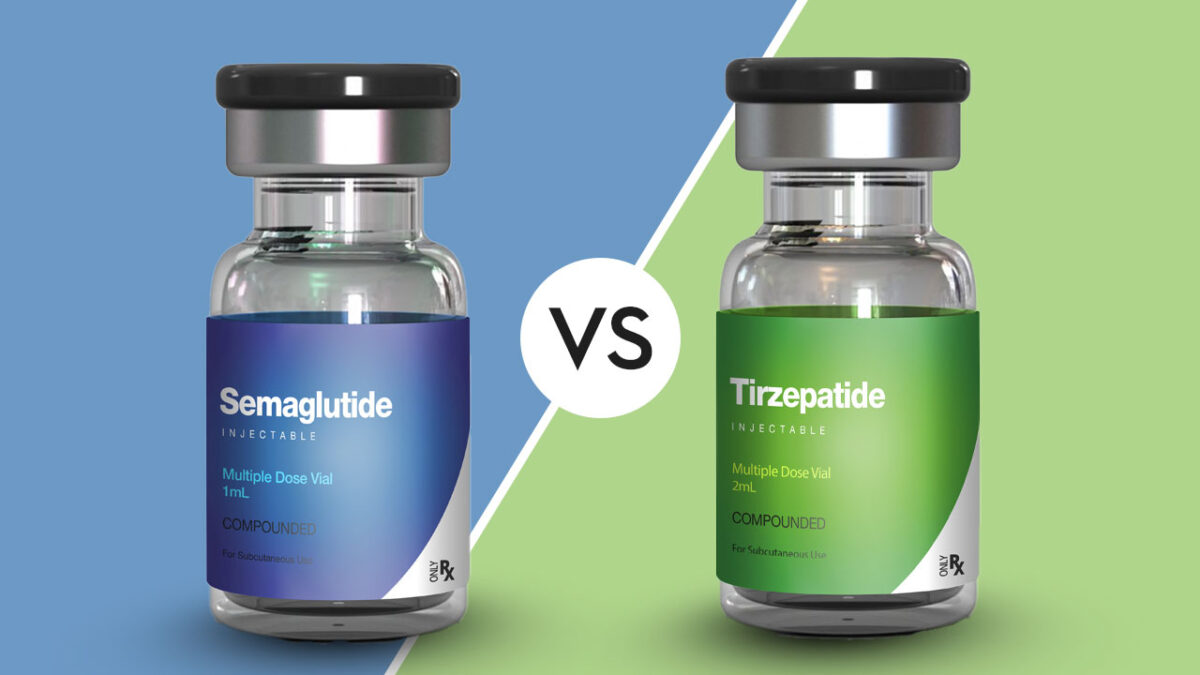- Courses
- GS Full Course 1 Year
- GS Full Course 2 Year
- GS Full Course 3 Year
- GS Full Course Till Selection
- Answer Alpha: Mains 2025 Mentorship
- MEP (Mains Enrichment Programme) Data, Facts
- Essay Target – 150+ Marks
- Online Program
- GS Recorded Course
- Polity
- Geography
- Economy
- Ancient, Medieval and Art & Culture AMAC
- Modern India, Post Independence & World History
- Environment
- Governance
- Science & Technology
- International Relations and Internal Security
- Disaster Management
- Ethics
- NCERT Current Affairs
- Indian Society and Social Issue
- NCERT- Science and Technology
- NCERT - Geography
- NCERT - Ancient History
- NCERT- World History
- NCERT Modern History
- CSAT
- 5 LAYERED ARJUNA Mentorship
- Public Administration Optional
- ABOUT US
- OUR TOPPERS
- TEST SERIES
- FREE STUDY MATERIAL
- VIDEOS
- CONTACT US
Gold as a Financial Buffer
Gold as a Financial Buffer
21-03-2025

Gold's Growing Importance
-
- In 2025, despite concerns about a widening current account deficit, gold continues to serve as a financial cushion for Indian households.
- Indian households hold an estimated $2.5 trillion (₹220 trillion) worth of gold.
- In the past year alone, gold prices surged over 38%, adding $1 trillion in wealth, offsetting losses in equity markets.
Cultural Attachment to Physical Gold
- Indians are reluctant to liquidate physical gold holdings due to cultural and sentimental factors.
What are Gold ETFs?
- Gold Exchange-Traded Funds (ETFs) are mutual fund instruments backed by physical gold, traded on stock exchanges.
- They provide superior liquidity, safety, and convenience over physical gold.
How Gold ETFs Work
- SEBI regulates how the ETF operates.
- LBMA standards ensure the gold is pure and investment-grade.
- Custodians and vaults ensure the gold is physically safe, well-documented, and accessible when needed.
Regulated by SEBI (Securities and Exchange Board of India)
- SEBI is the market regulator in India.
- It ensures that Gold ETFs (Exchange Traded Funds) are managed transparently, fairly, and securely.
- SEBI has laid down strict rules for how these funds should operate, what kind of gold they can buy, how it must be stored, and how investors are protected.
Gold Must Meet LBMA Standards (99.5% Purity)
- Gold ETFs are required to purchase physical gold that meets London Bullion Market Association (LBMA) standards.
- LBMA is an international authority that sets the global benchmark for gold purity and quality.
- The gold must have at least 99.5% purity, ensuring high-quality, investment-grade bullion is being used.
Custodians and Vaulting Agencies
- The custodian is a trusted institution or company appointed by the fund house (AMC – Asset Management Company).
- The custodian's job is to hold and safeguard the physical gold on behalf of investors.
- The custodian, in turn, hires a vaulting agency — a professional firm that physically stores the gold in secure, high-surveillance vaults.
Affordability and Flexibility
- You can buy fractions of gold through ETFs.
- Many gold ETFs are pegged to 0.01 gram of gold, making them accessible even for ₹70–80 per unit.
Liquidity & Market Tracking
- ETFs are highly liquid, traded like stocks.
- Tend to closely track real-time prices of physical gold.
- Low impact costs (tight bid-ask spreads).
Factors Affecting Returns
- Expense Ratios and Charges
Vary by ETF and include:
-
-
- Storage and insurance costs
- Fund management fees
- Customs duty and local taxes
-
- Evaluating ETF Value
- Market value of ETF units = equivalent weight in physical gold.
- E.g., If gold is ₹9,000/gm and your ETF is worth ₹27,000, you effectively own 3 grams of gold.
Benefits of Gold ETFs
- No making charges or purity concerns.
- Safe from theft/damage – no need for personal storage.
- Cost-effective and SEBI-regulated.
- Easy to buy/sell via smartphone apps.
- Suitable for Systematic Investment Plans (SIPs) for gradual exposure and cost averaging.
|
Also Read |
|
UPSC Foundation Course |
|
| UPSC Monthly Magazine | CSAT Foundation Course |




